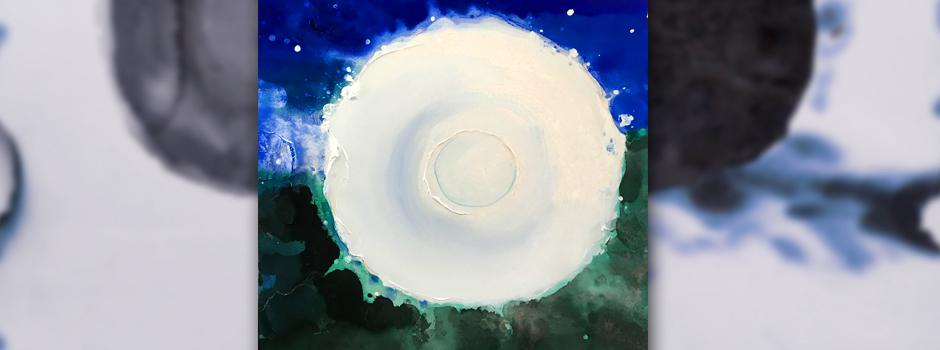Professor and internationally-known artist Jian-Jun Zhang along with art critic Yan Zhou brought a lively dialogue to NYU Shanghai’s 15th floor about the driving forces behind China’s art movement of the 80s, when artists were swept towards avant-garde and expressionist styles, continuing into the present.
As a learned critic with a background in art history and philosophy, Zhou explained to the audience how Jian-Jun as an avant-garde artist, was inspired by older works like the Dunhuang murals, which brought him to look at Chinese traditional philosophy and culture, such as Daoism, Lao Tzu and Zhuang Tzu; wanting to express the metaphysical in a way that visualizes the abstract beyond words.
Zhou, who actively followed the movement and Zhang’s art since the early 80s, honed in on two motifs consistently expressed in the works of artists of that time period, including Zhang: existence (or being) and time.
Though time proves difficult to express on a still page, Zhou used Jian-Jun’s work titled “Human Beings and Their Clock,” as an example of how the metaphysics of time is captured--a depiction of men, women and children of various backgrounds looking up towards the sky and contemplating the passage of time and space.
During the dialogue, the two agreed that perhaps the most significant aspect of the avant-garde art movement of the 80’s was an attention to “rationalism”-- a theme grounded in metaphysics as well as the ideas and philosophies of the intelligentsia, spirituality and emotion rather than a sub-conscious earthiness. Over time, Zhang’s work has fluidly evolved, constantly drawing on the subject of water to express the metaphysical idea of the first ever drop.
You can see Zhang’s solo exhibition “Water ・Quintessence” on show at the Shanghai Pearl Lam Galleries from 19 March – 28 May.
(Text by: Mari Allison)


